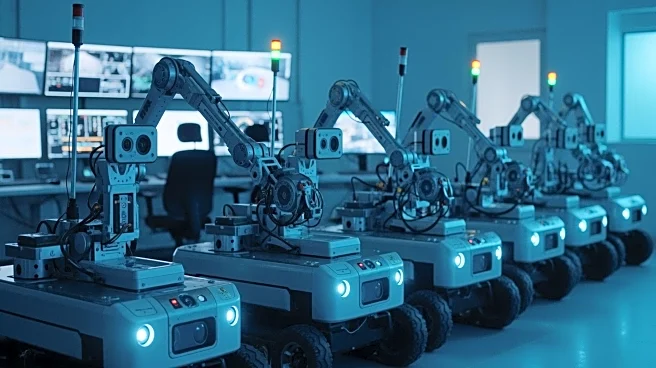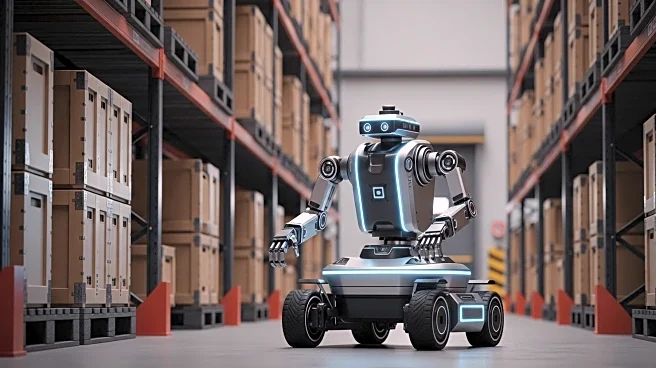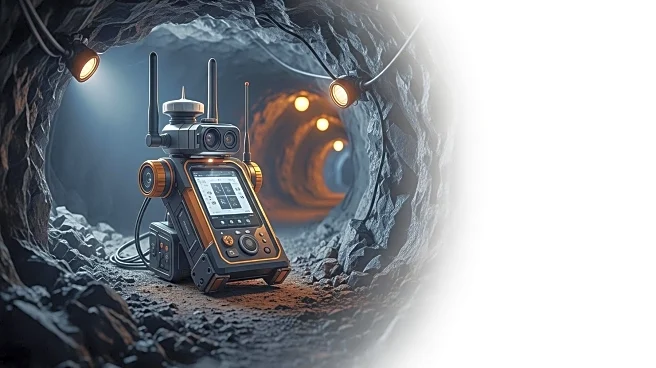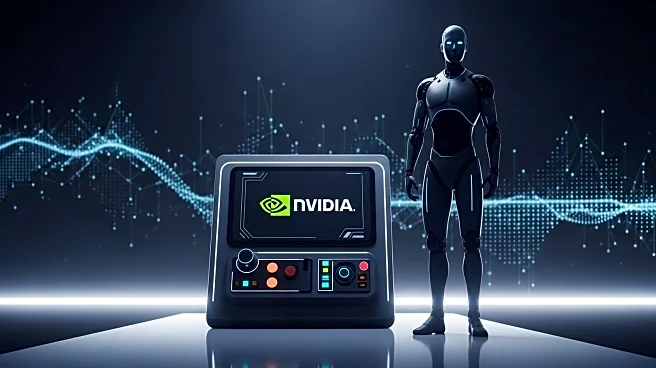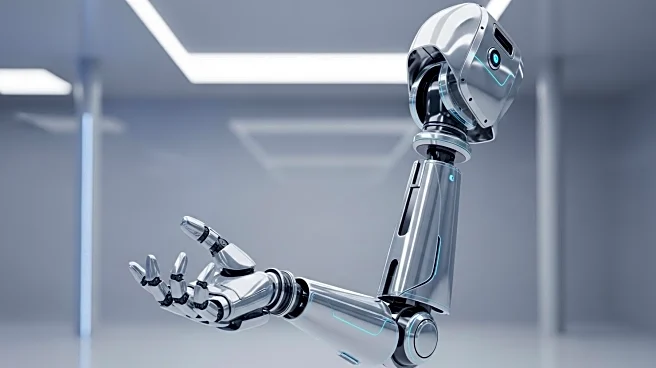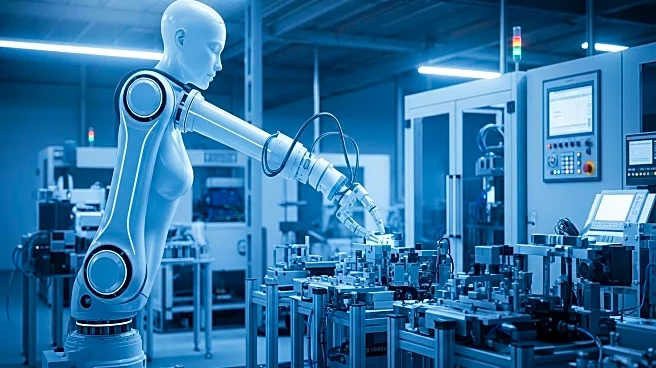What's Happening?
Researchers have created a unified control framework for autonomous search and rescue robots, enabling them to navigate dynamic, cluttered environments safely. The system combines a heuristic motion planner
with tube-based model predictive control, outperforming existing algorithms by up to 42.3% in safety and efficiency. This framework allows robots to operate in unpredictable post-disaster scenarios without relying on past data, using real-time environmental perception to navigate.
Why It's Important?
The development of this control system is significant for enhancing the capabilities of autonomous rescue robots, reducing human exposure to dangerous environments. It offers a scalable solution for real-world deployment in disaster zones, potentially saving lives by improving the efficiency and safety of rescue operations. The system's ability to handle dynamic obstacles and uncertainties sets a new standard for autonomous navigation technology.
What's Next?
The research paves the way for deploying autonomous robots in real-world disaster scenarios. Future developments may include optimizing the system for time efficiency and coordinating multiple robots. The framework's adaptability suggests potential integration with memory-augmented approaches for enhanced robustness, expanding its application in various rescue missions.
Beyond the Headlines
This advancement in autonomous navigation technology could lead to broader applications beyond disaster zones, influencing industries such as logistics and urban planning. Ethical considerations regarding the deployment of autonomous systems in sensitive environments may arise, prompting discussions on safety standards and regulatory frameworks.
